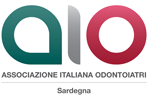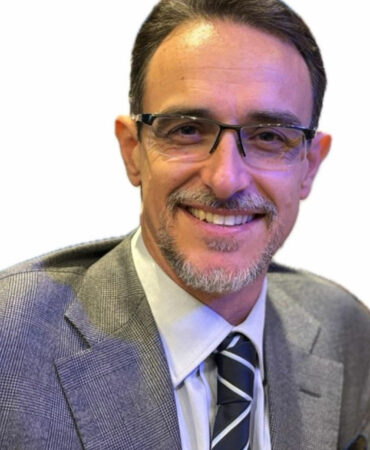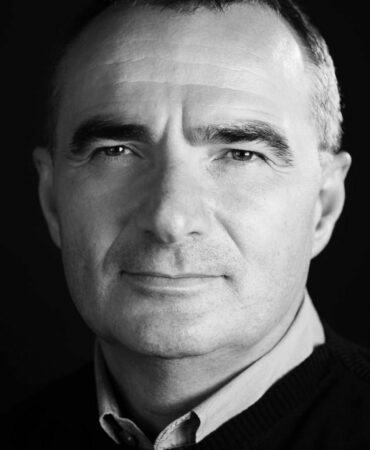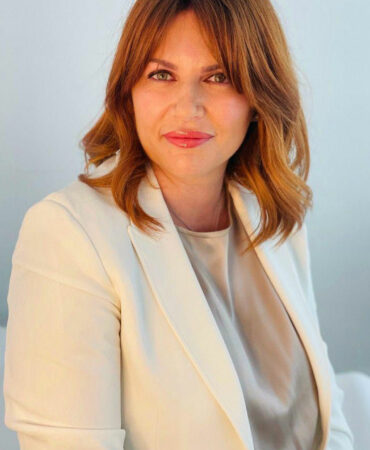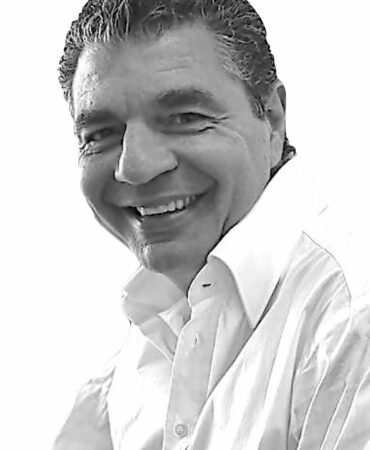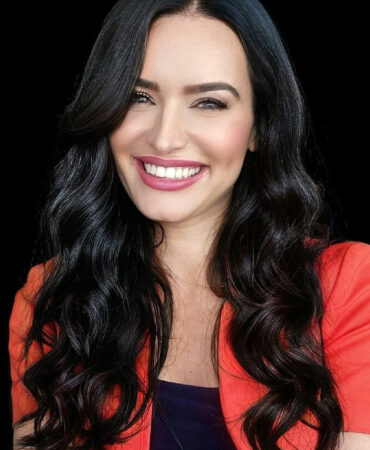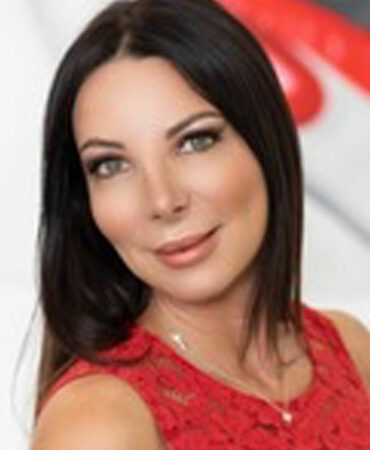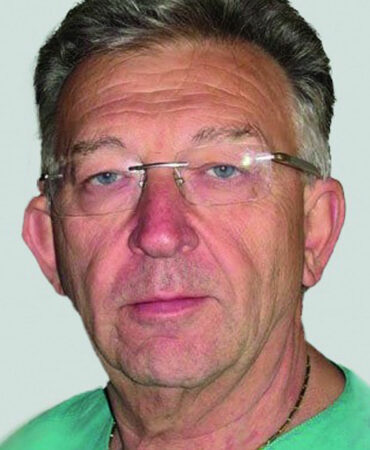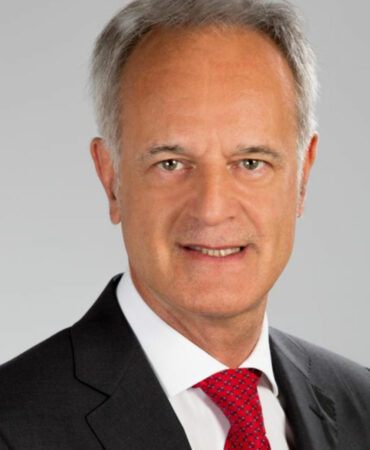PLENARY SESSION
with Style Italiano on Friday and with Plenary Session on Friday
or
with Prostho Perio Session on Friday and with Plenary Session on Friday
20 Ada cerp/PACE credits
9.00 - 10.30 | Adhesive restorations with direct and indirect conservative techniques: from aesthetics to function
The execution of a correct treatment plan in the anterior and posterior sectors depends on countless factors such as age, patient expectations, the amount of lost dental tissue, the possible presence of restorations, the endodontic and periodontal conditions of the elements and the gingival contour. The conservative approach with maximum saving of residual dental tissue and the “no-prep” techniques, thanks to modern adhesive techniques, have demonstrated predictable results, reliability over time with excellent aesthetic and functional results with maximum respect for the treated elements.
The decision-making algorithm, therefore, is often very complex and must consider countless decision-making factors with the aim of achieving the best result both from an aesthetic point of view and from that of the relationship between biological costs and obtainable benefits. After having drawn up the treatment plan, one often finds oneself faced with the doubt of which materials to choose. It is therefore necessary to have in-depth knowledge also in the field of biomechanical and aesthetic behavior of commercially available materials to achieve therapeutic success even in the long term.
The course therefore aims to define the best protocols for the functional and aesthetic restoration of the elements of the anterior and posterior sectors following a path that originates from the simplest cases up to the most complex ones. Countless clinical cases and rehabilitations with direct and indirect reconstructions in stratified composite and CAD-CAM, ceramic veneers performed with minimally invasive and no-prep techniques will be treated in detail, so as to provide the participant with the complete notions to best address the cases of rehabilitation of the anterior and lateral-posterior sectors.
10.30 - 11.00 | Simplicity and Strength: Unlocking the Potential of Highly Filled Composites
Highly filled composites combine exceptional strength with user-friendly handling, making them a valuable asset in daily clinical practice. Their enhanced filler content improves wear resistance, flexural strength, and marginal integrity while minimizing polymerization shrinkage, ensuring long-term durability even in high-stress areas. Recent advancements in resin formulation have also simplified application, allowing for precise sculpting, seamless adaptation, and superior polishability with minimal effort. This presentation will focus on practical techniques to maximize the efficiency and performance of highly filled composites, helping clinicians achieve predictable, long-lasting, and esthetic restorations with ease.
11.00 - 12.00 | AFG: i nuAFG: the numbers in the teeth that add up
Afg is a system for designing, modeling and communicating the human dental shape, based on the discovery of objective numerical codes and geometric repetitiveness. It is an idea of the Italian dental technician A. Battistelli, who brought to the dental field the mathematical-geometric design criteria used in the millenary tradition by painters, sculptors, and in more modern times by archaeologists, tailors and restorers.
It can be used with any type of material and indifferently in the analogue and digital fields, as well as as an enhancement tool for the marketing of the practice and laboratory.
In 2010 the book “AFG Modelling” by A. Battistelli & Co. was published, translated into 13 languages, in 2021 the text “AFG Memo” was published (4 languages) both with the publishing house Team Work Media.
AFG has become a subject of teaching in many national and international public schools and universities.
In 2019 the Senate of the Italian Republic, chaired by the Hon. Sen. M. E. Alberti Casellati, wanted to reward Alberto Battistelli & Co. for having made AFG an “Italian Excellence in the world”.
12.00 - 12.30 | break
12.30 - 13.15 | Bone reconstructions for correct implant placement
A correct treatment plan in implantology requires evaluations not only of type functional, but also aesthetic. It is intuitive that correct positioning of the implant, with consequent optimal emergence profile, provides the prosthetist with the ideal situation to obtain the required aesthetics. A correct diagnosis of the residual bone architecture will therefore become discriminating in evaluating the need to reconstruct the lost bone.
13.15 - 13.40 | Facial aesthetic medicine in the dental office: an exciting evolution.
13.40 - 14.00 | Dermal regeneration or improvement of “Skin quality”? Both, thanks to the combined treatment between LumeccaPeak and Morpheus8
A correct treatment plan in implantology requires evaluations not only of type functional, but also aesthetic. It is intuitive that correct positioning of the implant, with consequent optimal emergence profile, provides the prosthetist with the ideal situation to obtain the required aesthetics. A correct diagnosis of the residual bone architecture will therefore become discriminating in evaluating the need to reconstruct the lost bone.
In recent years, the panorama of aesthetic medicine of the face has been dominated by two specific requests: improvement of “skin quality” and “dermal regeneration”.
Certainly different types of outpatient treatments, supported by home therapeutic protocols, can satisfy these needs; however, in some cases these are ablative, invasive procedures or procedures that mainly go in one direction or the other.
Morpheus8 by Inmode has become widely known for its ability to intervene in a minimally invasive way on dermal remodeling; although it has an indisputable efficacy also on improving skin texture, Pulsed Light remains the gold standard in photorejuvenation treatments, giving the skin a brighter and more compact appearance and effectively intervening in the removal of hyperpigmentation and vascular lesions typical of photoaging.
The combination of the two treatments, both available on the Optimas Max platform by Inmode, therefore allows us to offer our patients a complete and effective response to their most frequent requests, allowing us to achieve concrete and gratifying results with just a few sessions on the main problems of chrono- and photoaging of the face.
Let’s therefore analyze some protocol proposals and some clinical results achieved.

Contacts – Privacy e cookies policy
© 2024- AIO Cagliari Oristano – Via San Giovanni 97 – 09100 Cagliari – Partita IVA 03675540920
Webmaster by Mobilbyte
